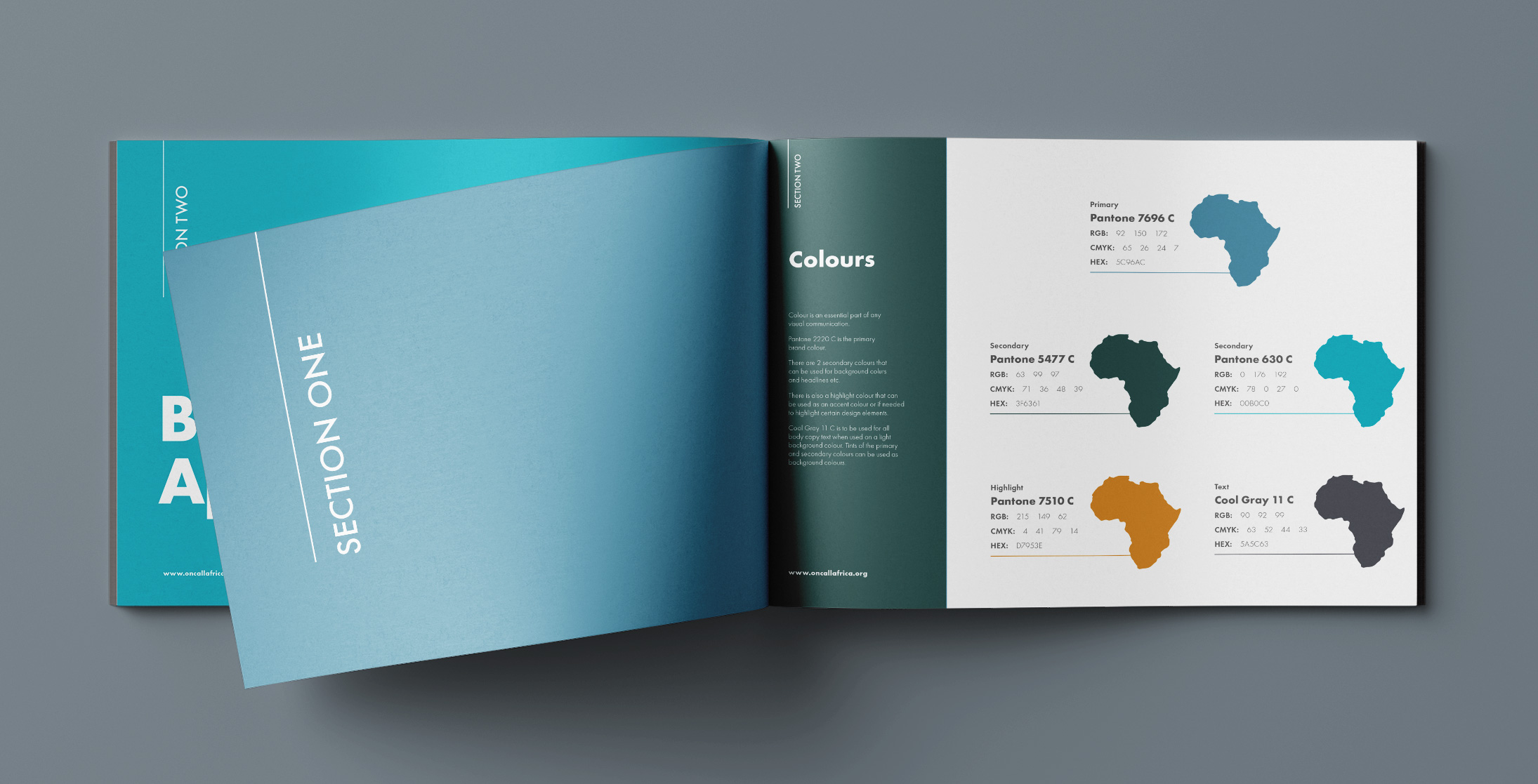Brand guidelines, corporate identity guidelines or a brand book?
Whatever you want to call it, having a solid creative and strategic foundation for your brand is extremely important.
There’s a good reason that larger companies create brand guidelines. Some larger brands even have publicly accessible brand websites. Check out Uber’s brand guidelines, Audi’s Brand Appearance, or Google’s visual guidelines for some examples. (note that these cover mainly the visual brand guideline elements in these public-facing documents).
Ultimately what you are looking for in creating a set of brand guidelines is guidance and control over how your brand looks, what it says and how it is perceived. Brand guidelines are equally important for internal users and customers alike.
Why create brand guidelines?
Simply put, if you don’t have at least a basic brand guidelines document, you are opening up the use of every aspect of your branding to interpretation and misuse.
When you invest time and money in promoting your product, service or company, having a well-planned set of corporate identity rules will ensure your branding is consistent and a clear message is presented to your target personas.
If you don’t have a brand book, you can end up with different stakeholders and external agencies (designers, marketers and PR) all doing things slightly differently.
Whether you go for a simple brand guidelines template approach or something more in-depth, laying out how your brand looks, sounds and behaves from the get-go will save you time and money and improve your communications across all mediums and channels.

What should brand guidelines include?
Get started on your brand book
This depends very much on the size and shape of your business.
A start-up might have a very simple version that outlines logo usage, fonts and colours.
A large, established company with lots of people using the brand might need something a lot more in-depth that covers off common layouts, image use, tone of voice and brand values.
The important thing to remember is that if guidelines do not exist, it’s creative, open season on your branding.
We would suggest the following as the most basic content for your branding guidelines:
- The logo
- Strapline(s)
- Colours (CMYK, RGB and HEX values)
- Your typefaces
- Logo usage (do’s and don’t)
- Letterhead and stationery layouts
More in-depth corporate identity guidelines might also include:
- Images/Illustration
- Tone of voice
- Personas/Strategy
- Online/offline typography
- Creating a custom icon set
- Social media guidelines
- Livery
- Signage
- Sample document designs
- Sample marketing collateral
- Vision, mission and values
- Personality
- Ethics
- Core values
The simple truth is that the more considered your Branding Guidelines are, the better your brand will be represented across all the different channels of communication.
You can have a wide-ranging set of guidelines, including brand guidelines for your logo and design (often referred to as a design system), brand guidelines for social media, brand guidelines for photography and even guidelines to cover off what your brand sounds like.
How far you take them depends on the size of your company and your budget, but it’s important to remember that you don’t have to do everything today – your brand guidelines can grow as your business does.
How do you go about creating brand guidelines?
No brand book? Get started today.
It’s very easy to create a set of brand guidelines say everything and mean nothing.
As we work with a lot of different brands, we see a lot of brand books, and quite frankly, some of them are all hot air.
Branding guidelines should be the absolute essence of your brand and need to be:
- Honest and truthful
- Believable
- Achievable
- Practical
- Useable
- Challengeable
Your brand book should communicate what makes your brand special, and what makes your company different and shouldn’t be page-after-page of cliches and me-too statements.
Like all projects that have both creative and strategic elements, there are many different ways to approach developing a set of brand guidelines.
Consideration also needs to be given to where your company is on its journey and how many stakeholders need to have input into the development of a brand bible.
For example, if you are a start-up with a small team of staff and big ideas, the creation of your brand guidelines might start as a small project and grow with you.
If you are a large established brand with lots of employees and customers, your brand guidelines may need to work with existing perceptions of your brand – more research and groundwork would need to be done into existing perceptions.
No place for corporate gibberish.
One thing is true for all companies: brand guidelines don’t start with creativity; they start with strategy and forming a clear understanding of your company and every single aspect of it.
Failure to get this understanding first leads to a brand bible that’s just full of meaningless jargon that neither your staff nor your customers will connect with.
We strongly believe in defining your brand on paper and creating stuff that really means something to you, your staff and your market.

Creating Brand guidelines for existing brands.
If you’ve already got logos and other creative collateral but don’t have a style guide or brand book, creating one can be a good reason to assess where you are and what you’re doing with your branding.
Our branding workshops can be used to this effect – we can facilitate an objective review of your branding, get everything into line and then create a style guide so you can move forward with your marketing, knowing your house is in order.

Creating Brand guidelines for startups.
If your business is just starting out, a set of branding guidelines can sometimes seem like an extra cost on top of everything else, but they will save you time and money in the long run.
If you’ve found a free brand guidelines template, that can be a good starting point, but this will need further work.
Online brand guidelines tools can also get you started in the right direction, but we’d recommend seeing these as a starting point that you can then take to a brand guidelines agency to develop further.
Something can be better than nothing when it comes to planning and defining your brand, so get the basics together and then get in touch to see how we can help you refine and polish your branding guide into something that will stand the test of time.


